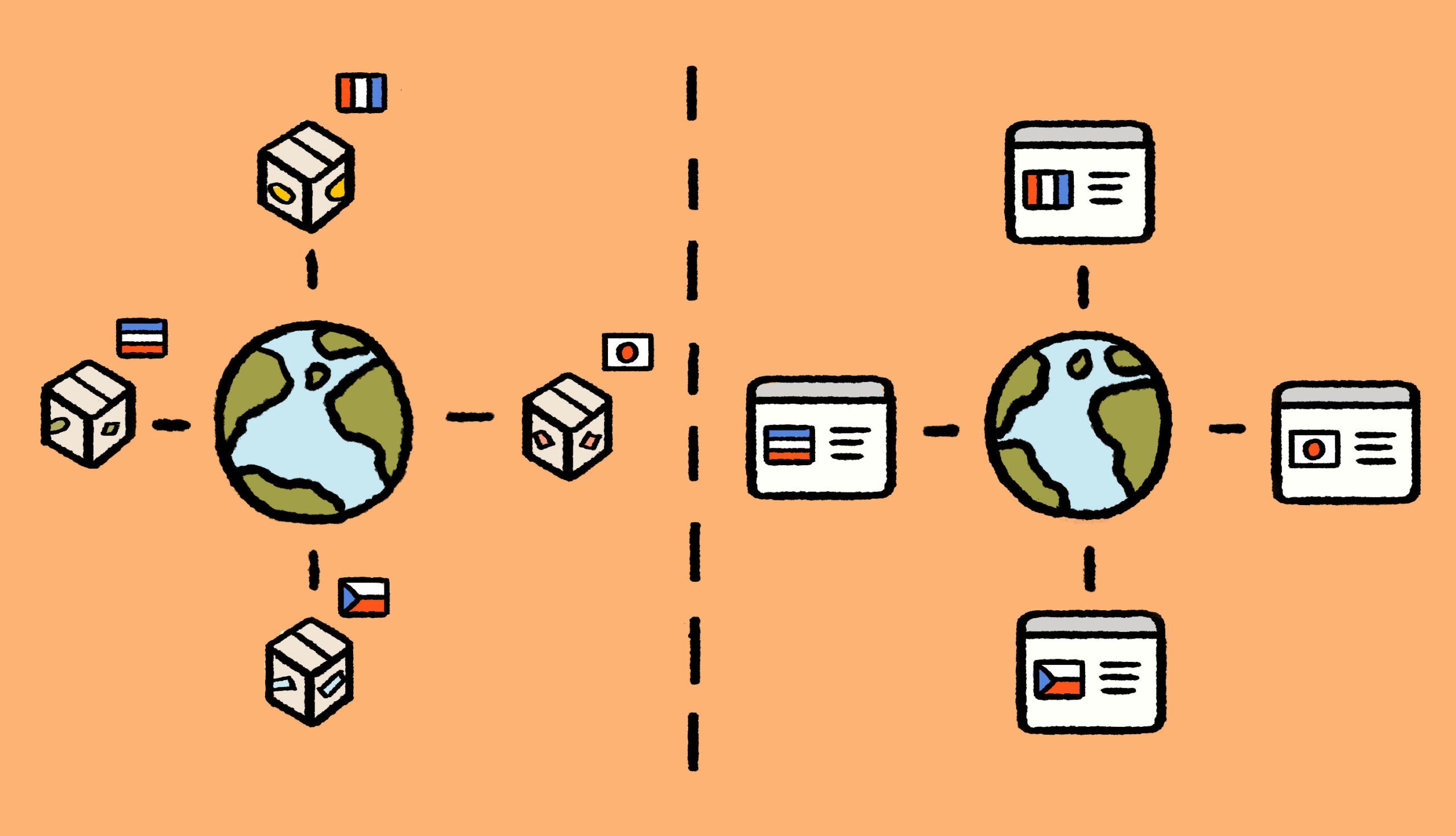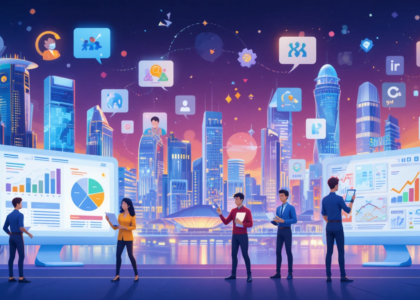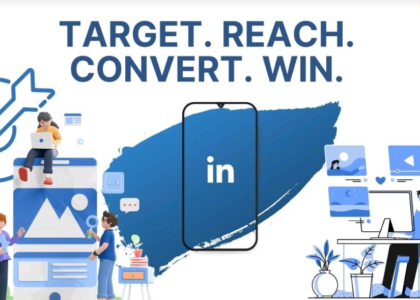Asia is not a single market—it’s a mosaic of cultures, languages, and business traditions. That’s why B2B Lead Generation for Asia demands far more than a cookie-cutter approach. Western models often falter here because they overlook the subtle differences that define business behavior across regions like Southeast Asia, East Asia, and South Asia.
In Asia, relationship-building trumps transactional marketing. Buyers value credibility and long-term trust over aggressive sales pitches. Each country has its own rhythm of decision-making, often involving multiple layers of approval. This means B2B marketers must shift their strategies from mere lead quantity to qualified relationship-driven engagements.
The success of B2B Lead Generation for Asia hinges on local insights—understanding business etiquette, preferred communication styles, and cultural sensitivities. When executed with respect and nuance, tailored campaigns don’t just generate leads; they cultivate partnerships.

Cultural Diversity: The Invisible Hand Guiding Every Deal
Asia’s cultural diversity is its greatest opportunity—and its toughest challenge. In Japan, business communication is formal and understated; in Indonesia or Thailand, personal warmth often seals the deal. In India, assertiveness and trust-building go hand in hand. These nuances reshape how B2B Lead Generation for Asia must operate.
A marketer who uses the same tone, pitch, and messaging across all Asian markets will quickly find their campaigns falling flat. What works in Singapore’s tech-driven environment might miss the mark in Vietnam’s relationship-centric culture. Understanding these cultural undercurrents is essential for connecting authentically with decision-makers.
Effective B2B Lead Generation for Asia means crafting localized narratives—campaigns that resonate emotionally, linguistically, and contextually. The businesses that master this art don’t just enter Asian markets; they earn a seat at the table.

Digital Transformation and Platform Preferences
Digital transformation in Asia is booming, but platform preferences vary wildly from country to country. LinkedIn might dominate in Singapore and India, while WeChat and Line rule in China and Japan. To succeed in B2B Lead Generation for Asia, companies must know where their audience lives online—and tailor content for each platform.
Asian B2B buyers are digital-savvy, but they expect relevance and respect. They won’t respond to mass messaging or generic lead forms. Instead, they value thought leadership, personalized outreach, and clear value propositions. The best-performing lead generation agencies combine automation tools with human intuition, balancing data analytics with cultural empathy.
Businesses that invest in region-specific tech stacks for B2B Lead Generation for Asia gain a competitive edge. They speak the digital language their buyers understand and engage them where they already are—whether it’s through webinars, WhatsApp campaigns, or local online communities.

Localization and Personalization: The True Game Changers
Localization isn’t just translation—it’s transformation. It’s about rewriting your value proposition so that it feels native to your audience. In the context of B2B Lead Generation for Asia, personalization goes even deeper. It considers local idioms, market maturity, and industry-specific pain points.
An email campaign that wins hearts in Hong Kong might feel tone-deaf in Manila. Whitepapers, webinars, and social media posts should reflect regional relevance and language nuances. When businesses show cultural intelligence, they’re not just marketing—they’re building trust.
Companies that invest in personalized strategies for B2B Lead Generation for Asia often see higher engagement and conversion rates. Prospects feel seen, understood, and respected—and that’s what drives real relationships in Asia’s business landscape.

Navigating Regulations and Data Privacy Laws
Asia’s digital economy is thriving, but it’s also regulated by complex data privacy laws. Countries like Singapore (PDPA), China (PIPL), and Japan have distinct compliance requirements. For marketers involved in B2B Lead Generation for Asia, understanding these regulations isn’t optional—it’s mandatory.
Failing to comply can damage both reputation and trust, two elements critical in Asian business dealings. Compliance, however, isn’t just a legal checkbox; it’s a trust-building exercise. Businesses that demonstrate ethical data use and transparency often win over cautious B2B buyers.
By aligning with local data protection standards, companies ensure that their B2B Lead Generation for Asia campaigns operate smoothly and credibly across borders. The future belongs to brands that combine strategic creativity with regulatory awareness.
The Power of Partnerships and Relationship-Driven Growth
In Asia, deals are built on trust, not just numbers. Relationships form the backbone of successful B2B Lead Generation for Asia strategies. Unlike in the West, where business can move quickly once the ROI is clear, Asian markets move at the speed of confidence.
Networking, industry events, and word-of-mouth play crucial roles. Local partnerships can open doors that cold outreach never could. Having a local representative or partner company demonstrates commitment and builds credibility—especially in industries like manufacturing, logistics, and technology.
Businesses that embrace relationship-driven models of B2B Lead Generation for Asia gain deeper, longer-lasting customer loyalty. The real win isn’t just generating leads—it’s nurturing partnerships that grow stronger with time.
Conclusion
Ultimately, success in B2B Lead Generation for Asia isn’t about applying global best practices—it’s about creating regional excellence. Businesses must adapt their messaging, channels, and engagement strategies to each country’s unique ecosystem.
A tailored approach respects cultural nuances, embraces digital diversity, and prioritizes ethical engagement. Companies that take this path position themselves not as outsiders trying to sell—but as trusted advisors who understand local business realities.
The future of B2B Lead Generation for Asia belongs to those who blend strategy with empathy, data with culture, and persistence with patience. In Asia, success doesn’t come from chasing leads—it comes from building legacies.





